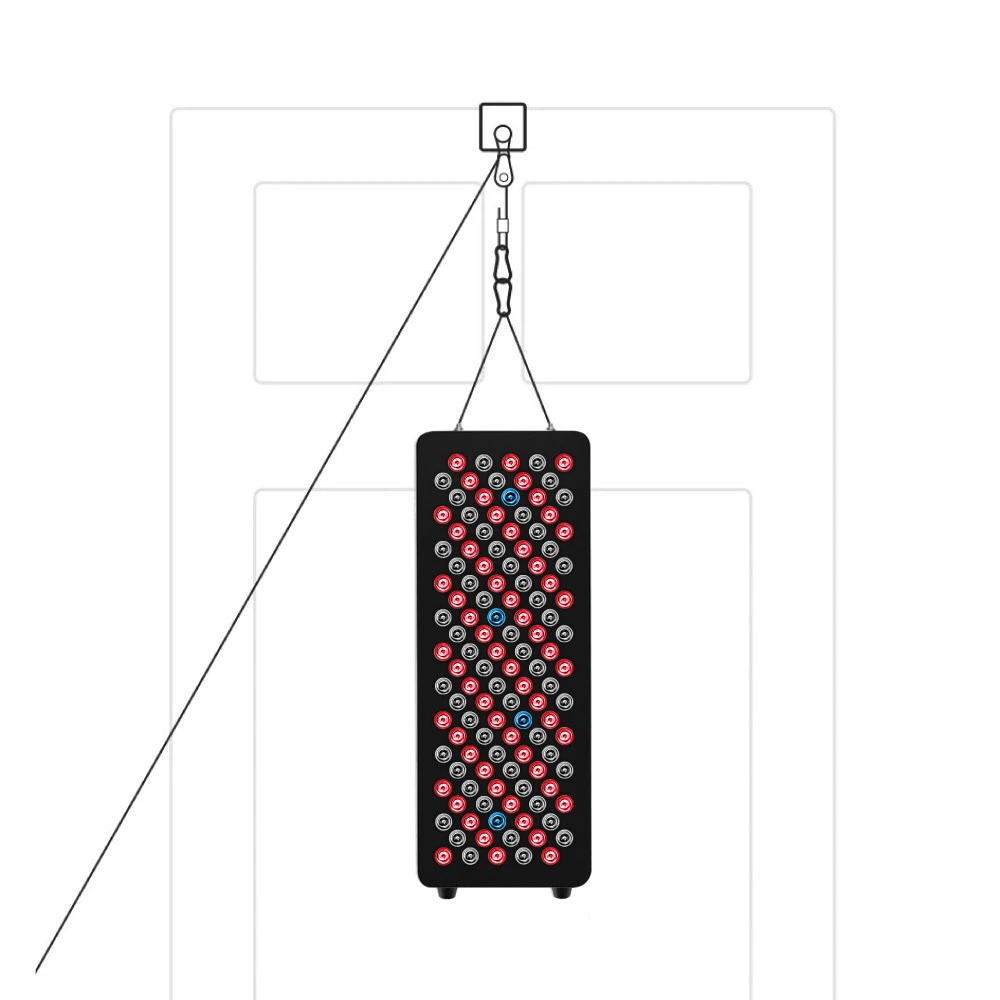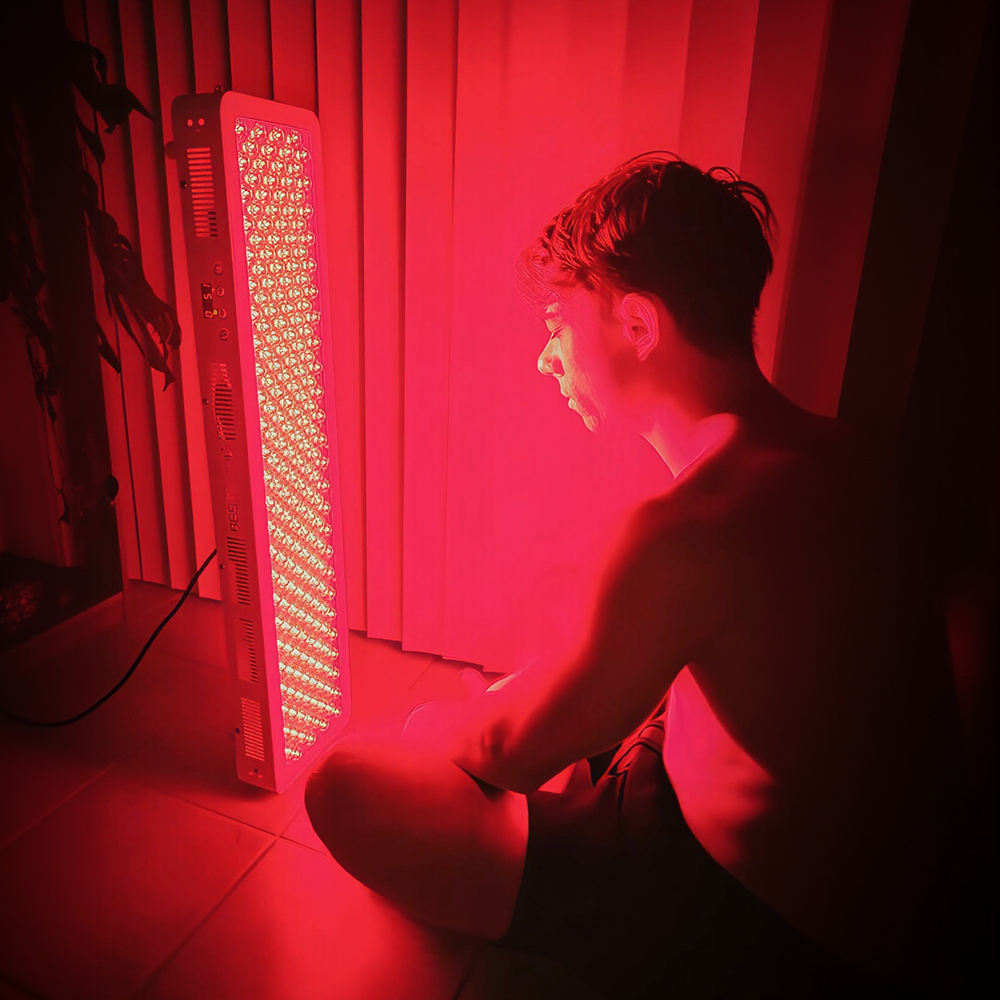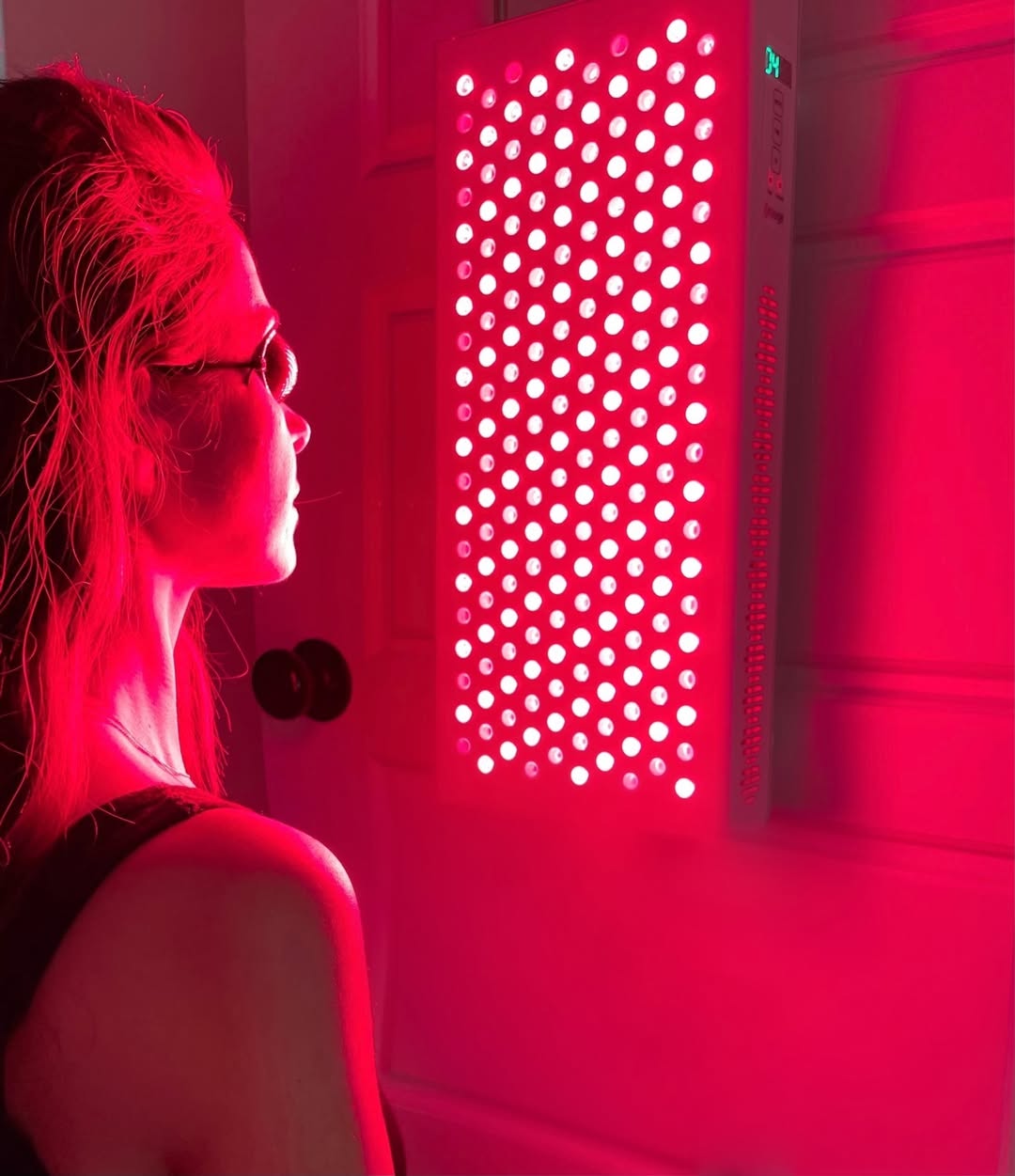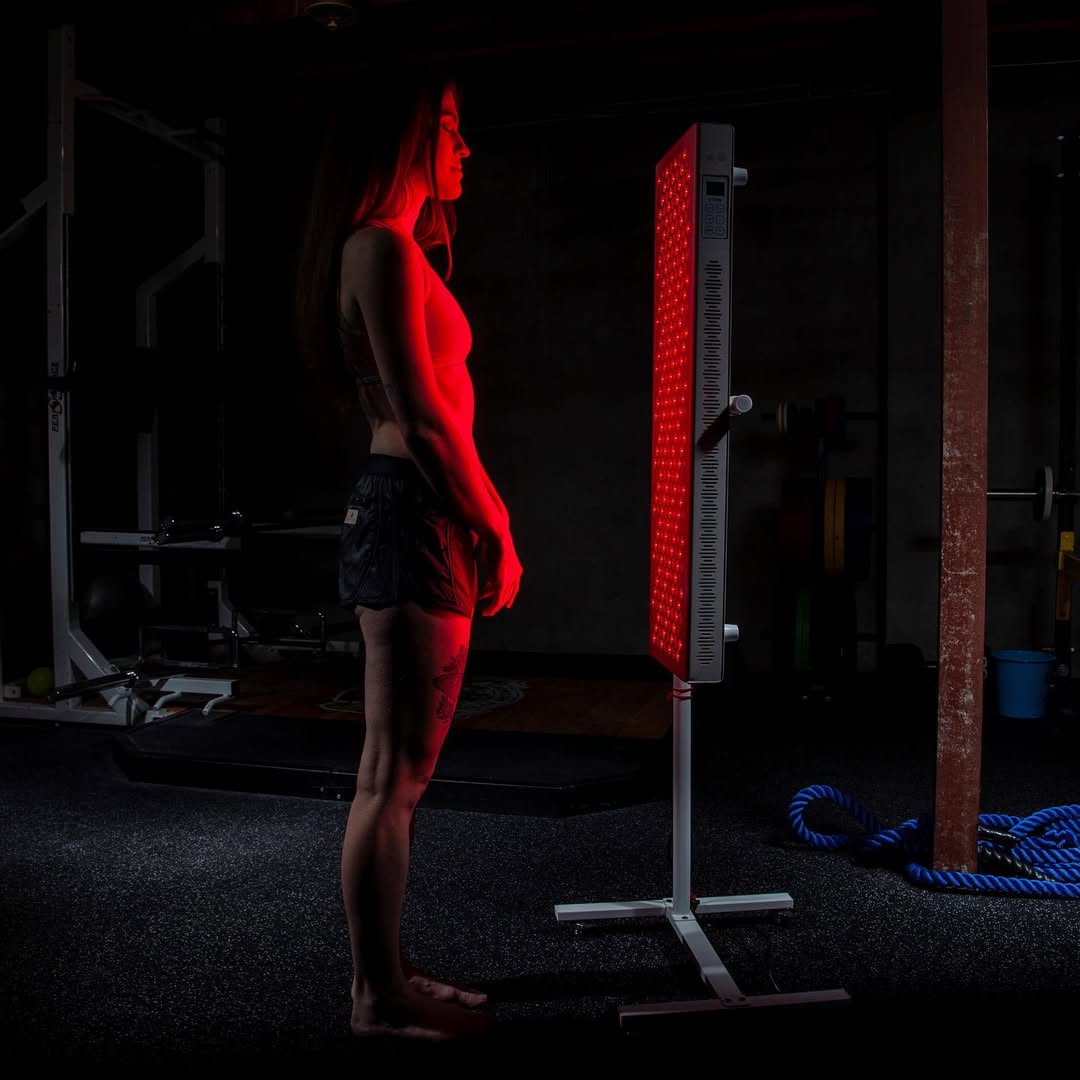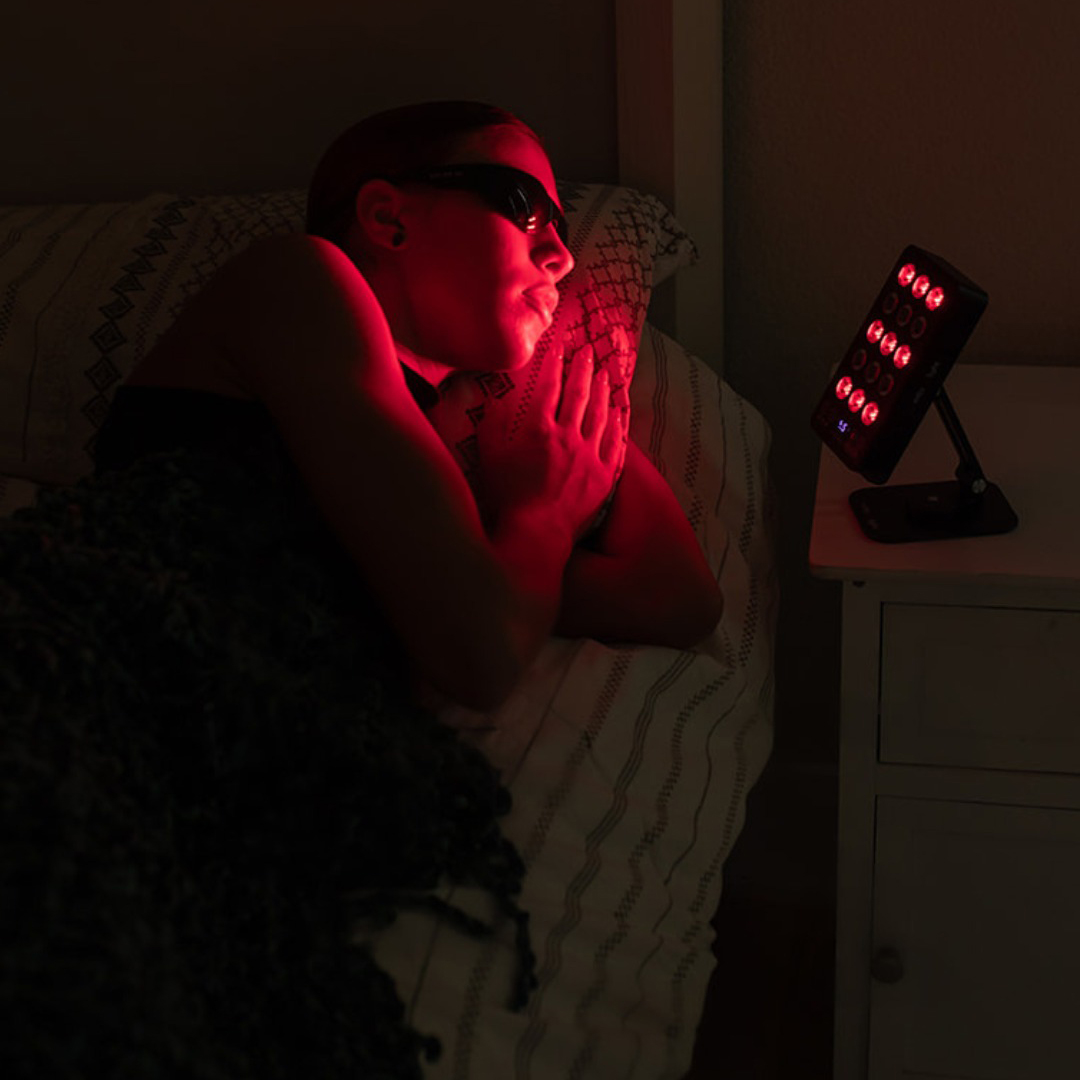![]() Free Shipping
Free Shipping ![]() Buy Now, Pay Later
Buy Now, Pay Later ![]() Eligible
Eligible
Cyan LED Light Therapy Benefits: The Ultimate Guide to This Unique Wavelength
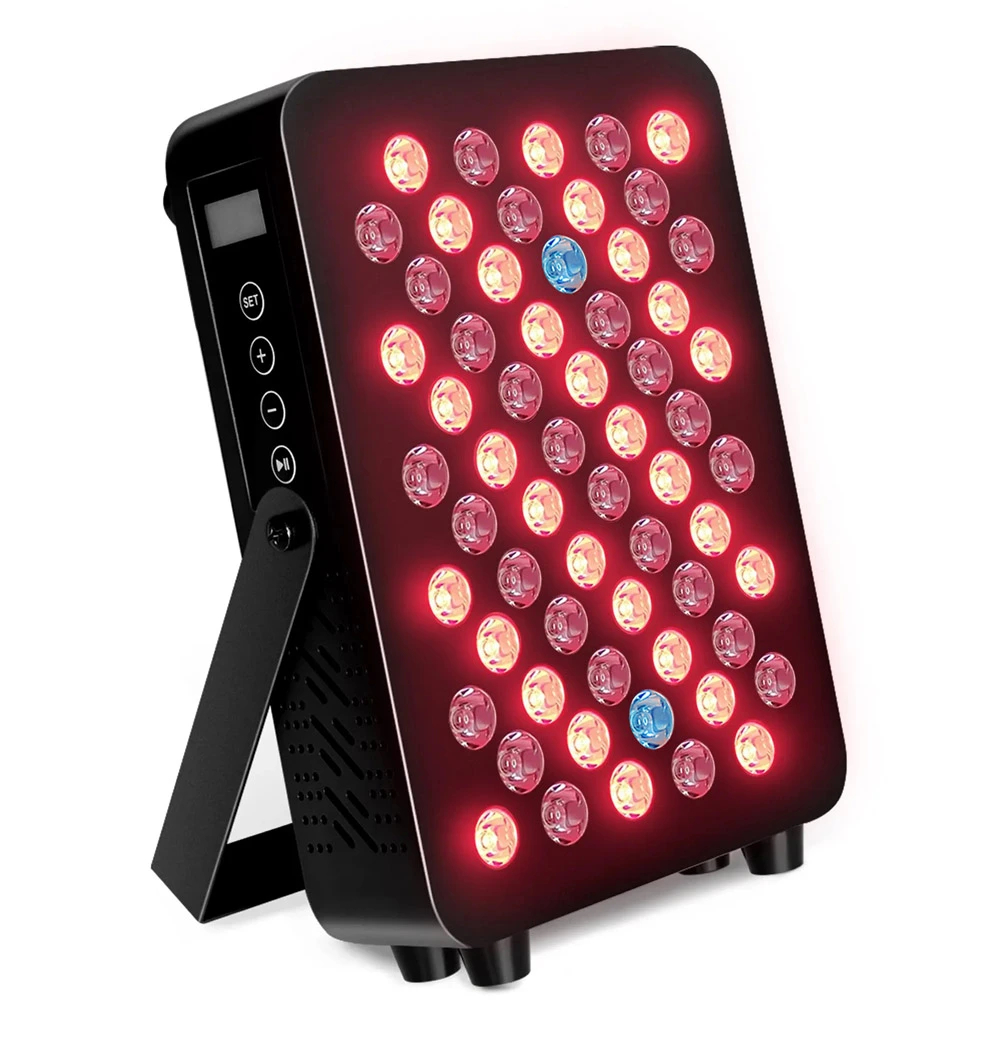
In the vibrant world of LED light therapy, red and blue lights often steal the spotlight. But nestled between the well-known blue and green wavelengths is a powerful, yet often overlooked, color: cyan. This unique hue offers a distinct set of therapeutic benefits that set it apart from its spectral neighbors.
This comprehensive guide will delve into the science and benefits of cyan LED light therapy and provide a clear, actionable guide to distinguish it from simple light blue.
What is Cyan LED Light Therapy?
Cyan LED light therapy involves exposing the skin to a specific wavelength of light, typically between 490-520 nanometers (nm). This places it squarely between blue light (~415 nm) and green light (~525 nm) on the visible light spectrum.
Unlike topical creams or invasive procedures, it’s a non-invasive treatment that works at a cellular level. The light energy is absorbed by the skin’s cells (chromophores), triggering natural biological processes that lead to a range of cosmetic and therapeutic benefits.
Expert Insight: “Cyan light occupies a unique therapeutic window. It combines the calming properties often associated with green light with the gentle, antimicrobial character of blue light, making it an excellent choice for sensitive or compromised skin types.” – Dr. Ava Shamban, Board-Certified Dermatologist.
The Top 5 Cyan LED Light Therapy Benefits
The benefits of cyan light are diverse, targeting everything from inflammation to skin firmness. Here are the most prominent advantages.
1. Soothes Inflammation and Redness
Cyan light has demonstrated a remarkable ability to calm the skin. It helps to reduce the production of pro-inflammatory cytokines, making it an ideal treatment for conditions like rosacea, general redness, and post-procedure inflammation.
2. Promotes Skin Healing and Repair
This wavelength stimulates fibroblast activity. Fibroblasts are the cells responsible for producing collagen and elastin, the building blocks of healthy, resilient skin. By energizing these cells, cyan light accelerates the skin’s natural healing process.
3. Provides Gentle Oil Regulation
While not as potent as its blue light counterpart for killing acne-causing bacteria, cyan light offers a gentler approach to oil (sebum) regulation. It can help balance sebum production without being overly drying, making it suitable for combination skin.
4. Improves Skin Firmness and Elasticity
By encouraging collagen synthesis, regular use of cyan light can lead to improved skin firmness and a reduction in the appearance of fine lines. It helps to plump the skin from within, resulting in a more youthful complexion.
5. Offers a Calming, Mental Clarity Effect
The color cyan itself is often associated with tranquility and clarity. The therapy session can provide a moment of serene relaxation, helping to reduce stress and mental fatigue—a valuable bonus in any skincare routine.
Cyan vs. Light Blue: A Detailed Guide
Many people confuse cyan with light blue, but in the science of phototherapy, the distinction is critical. Their different wavelengths lead to vastly different biological effects.
The table below provides a clear, side-by-side comparison.
| Feature | Cyan LED Light | Light Blue LED Light |
|---|---|---|
| Wavelength Range | 490 – 520 nm | ~465 – 485 nm (a lighter, less intense blue) |
| Primary Benefit | Soothing & Healing: Calms inflammation, promotes collagen. | Mild Antibacterial & Relaxing: Less intense than royal blue, good for maintenance. |
| Key Action | Stimulates fibroblasts, calms immune response. | Mild antibacterial action, gentle mood enhancement. |
| Best For | Rosacea, sensitive skin, redness, post-procedure healing, anti-aging. | Mild acne, maintaining clear skin, stress relief. |
| Skin Feel | Calming, balancing, non-drying. | Refreshing, mildly regulating. |
| Compared To | A calming, healing balm. | A gentle, refreshing toner. |
How to Choose the Right Light for You
Making the right choice depends entirely on your primary skin concern.
- Choose CYAN if: Your main concerns are redness, inflammation, sensitivity, or aging. If you have rosacea or are recovering from a chemical peel or micro-needling, cyan is your go-to.
- Choose (Royal) BLUE if: Your primary and only concern is active, bacterial acne. Royal blue (~415 nm) is the most powerful for targeting c. acnes bacteria.
- Choose LIGHT BLUE if: You have generally clear but slightly oily skin and want a gentle, preventative treatment or a relaxing light session.
VELLGUS Elite V2
THE #1 RATED RED LIGHT DEVICE
VELLGUS pro V2
THE #1 RATED FULL BODY RED LIGHT DEVICE
How to Incorporate Cyan Light into Your Routine
Using cyan light is simple and safe for most skin types.
- Start with a Clean Face: Ensure all makeup and impurities are removed.
- Use Protective Eyewear: Always use the provided goggles to protect your eyes.
- Begin with Short Sessions: Start with 3-5 minute sessions, 3-4 times per week.
- Maintain Consistency: For best results, consistency is key. Use your device as recommended over several weeks to see visible improvements.
- Combine with Other Colors: Many advanced LED devices offer multi-wave settings. A common and effective combination is Cyan with Red Light for simultaneous anti-inflammatory and collagen-boosting effects.
Conclusion: Is Cyan LED Light Therapy Right for You?
Cyan LED light therapy is a versatile and gentle treatment that fills an important gap in phototherapy. It moves beyond the standard “blue for acne, red for wrinkles” model, offering a sophisticated solution for calming inflammation and promoting robust skin healing.
If your goal is to soothe sensitive skin, reduce redness, and build long-term resilience through increased collagen, cyan light is an exceptional choice. By understanding the distinct difference between cyan and light blue, you can now make an informed decision to harness the precise power of light for your unique skin needs.



